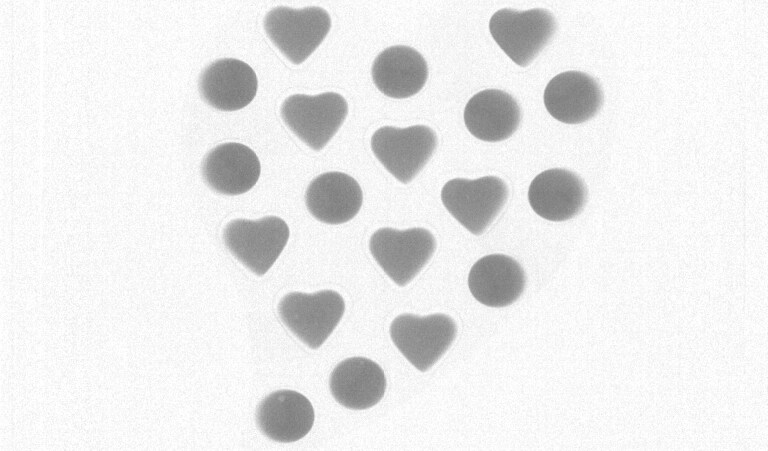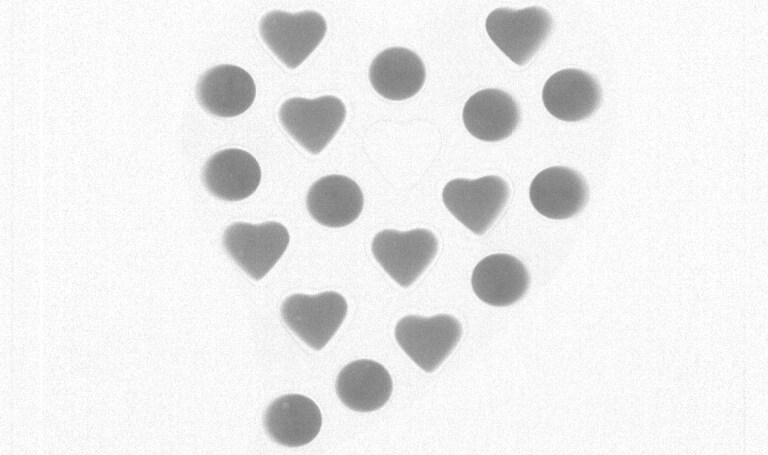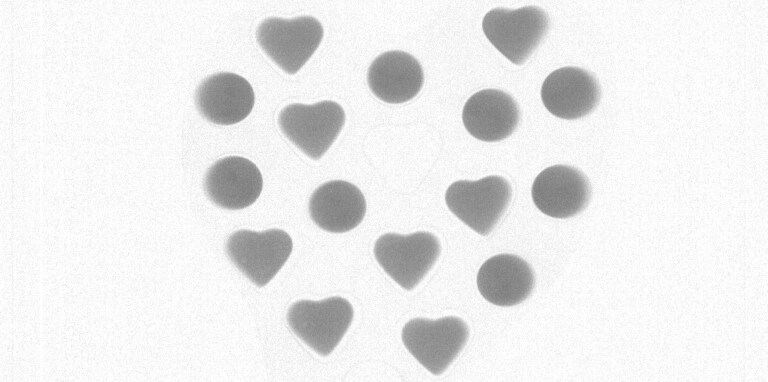 Are heart-shaped boxes of chocolates and candy conversation hearts still considered a Valentine’s Day treat for a sweetheart? Well, The National Confectioners Association, a leading trade organization for the U.S. confectionery industry, recently published some data that noted seasonal sales typically run about $3 billion during the six weeks in advance of the holiday. They predict that “after a year of double-digit sales growth, confectionery sales leading up to Valentine’s Day 2022 are expected to top $3.4 billion as consumers look for fun and unique ways to treat themselves and retailers seek new ways to delight their shoppers in the COVID-19 environment.” Here’s a quote from the press release:.
Are heart-shaped boxes of chocolates and candy conversation hearts still considered a Valentine’s Day treat for a sweetheart? Well, The National Confectioners Association, a leading trade organization for the U.S. confectionery industry, recently published some data that noted seasonal sales typically run about $3 billion during the six weeks in advance of the holiday. They predict that “after a year of double-digit sales growth, confectionery sales leading up to Valentine’s Day 2022 are expected to top $3.4 billion as consumers look for fun and unique ways to treat themselves and retailers seek new ways to delight their shoppers in the COVID-19 environment.” Here’s a quote from the press release:.
“Valentine’s Day is positioned at the nexus of two powerful trends defining the confectionery category right now,” National Confectioners Association President & CEO John Downs said. “Consumers are sharing chocolate and candy more frequently, and shoppers are increasingly looking for little moments to treat themselves. This year’s Valentine’s Day will benefit from both of these rising consumer behaviors.”
In an article last month, the National Retail Federation noted that shoppers expect to spend an average of $175.41 per person on Valentine’s Day gifts, up from $164.76 in 2021. And 56 percent of that spending will be for candy.
Can you imagine what your sweetheart would think if you handed them a box of chocolates and they found an empty space where one of their favorite toffee clusters should be? Or if a child opened up their bag of heart-shaped candy and it was only half-filled? Disappointment? Puzzlement? Anger? Those are not the feelings one is aiming for on Valentine’s Day.
Manufacturers of those candies are also aiming to please customers on Valentine’s Day and not cause any disappointment with their brand, which is why quality control is an important part of their manufacturing process. Ensuring that what the label says is included in the package matches the actual content amount is crucial to manufacturing success. And it’s not just brand integrity or consumer happiness that is of concern. The Federal Food, Drug and Cosmetic Act — which provides authority for FDA’s consumer-protection work — requires that labels on packaged food products in interstate commerce not be false or misleading in any way.
Missing items and half-filled bags means the label is wrong. With manufacturers’ newest efforts to provide labeling information that puts calorie counts at one’s fingertips, it is mandatory that those counts are accurate. If the package doesn’t hold the exact amount of product, not only is the weight wrong, but then the calorie and nutritional info will be inaccurate. In addition, manufacturers could face hefty fine from regulatory bodies.
One of the technologies used to help ensure weights match the label, and consumers don’t get less than what they are promised, is checkweighing. A checkweigher weighs and counts products in motion and rejects products that are off specification. The equipment is made up of a controller and a weigh frame. The weigh frame typically has 3 sections: Infeed, Weighing, and Outfeed. A package moves from the customer’s outfeed onto the checkweigher infeed. The package is weighed on the weigh cell of the weigh table. Then the package moves onto the outfeed of the checkweigher to be accepted or rejected according to the checkweigher settings.
If a problem is indicated, a product is rejected and removed from the conveyor via an air blast, bopper, or pusher. The rejected products can also be diverted or dropped into a separate area for further inspection. Not only can manufacturers see that each package meets the weight specified on its label, but they can eliminate giveaway (like extra hearts in the bag), and help increase the bottom line. There are different checkweighers for different types of packaging and applications but are all based on providing accurate weight control, maximized efficiency, and consistent product throughput.
Another approach is to use X-ray inspection systems. Industrial X-ray systems continuously inspect incoming products and provide visual images of each product along the way. In addition to its most common function as contaminant detection, the product verification function of x-ray inspection systems confirms the integrity of the products and identify missing or out of place pieces. A user enter the number of units a normal box contains as a predetermined parameter, so if a piece of chocolate is missing from a box, the count of units will be off from the preset value, and the box will be rejected.
We ran a box of chocolates through our X-ray inspection system so you can see for yourself. The first image is the full box. Note the missing piece in the second image and missing 2 pieces in the third one.



As Charles M. Schulz said, “All you need is love. But a little chocolate now and then doesn’t hurt.” Just make sure the box is filled.
Additional Reading:


